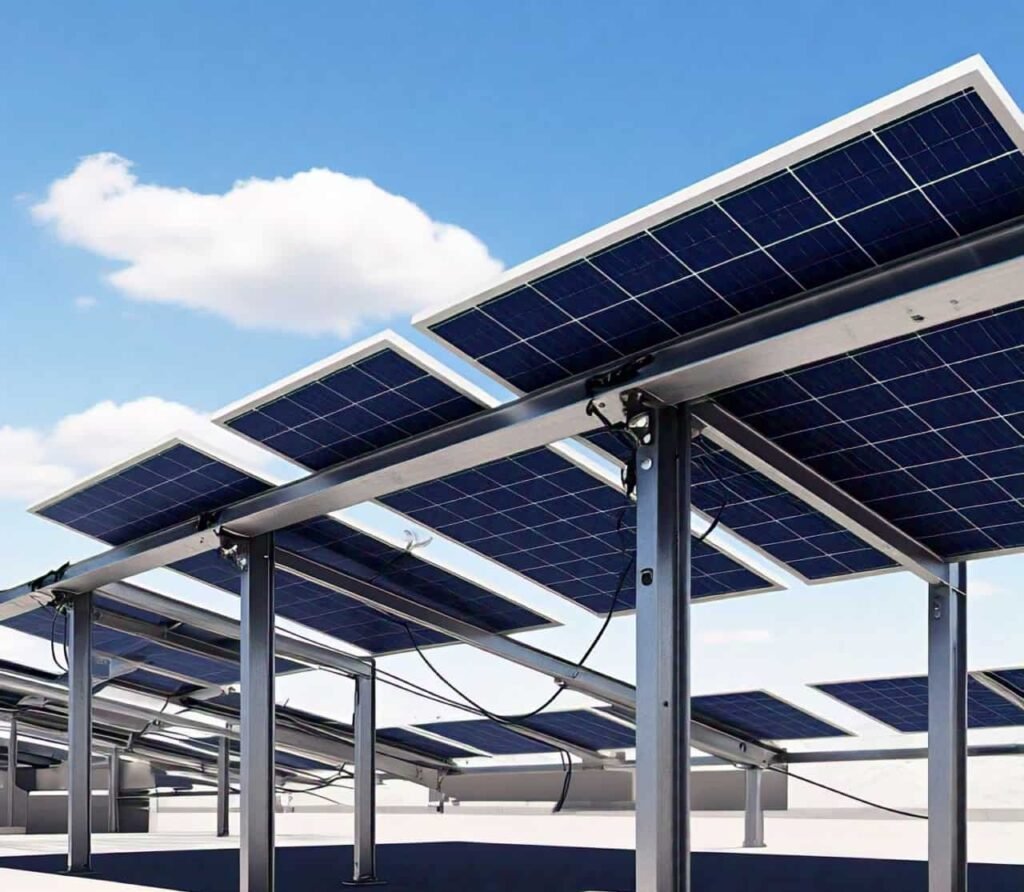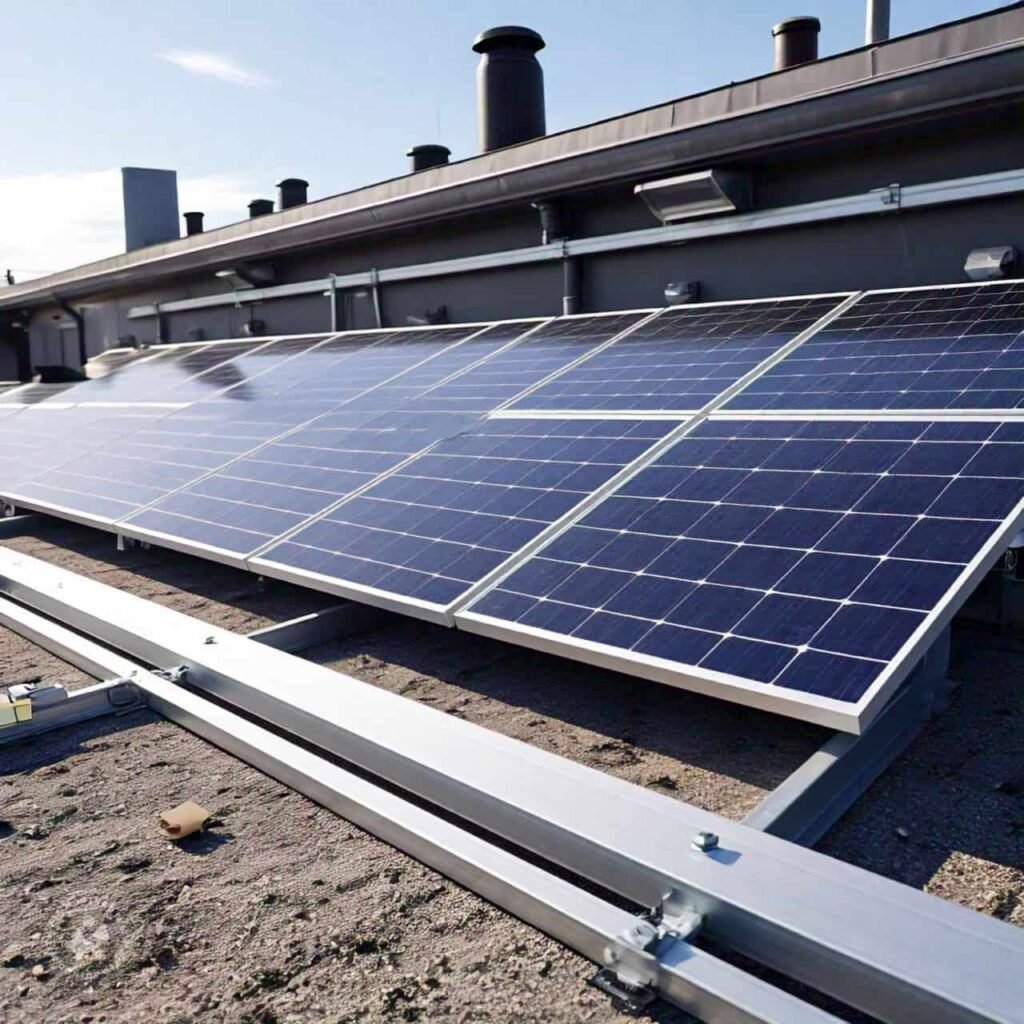1. Advancements in Energy Storage Solutions
Future Trend: One of the significant advancements in solar technology for PEB buildings is the development of more efficient and cost-effective energy storage solutions. Batteries and other storage technologies are evolving to store excess solar energy generated during the day for use during peak demand or at night.
Impact on PEB Buildings: Integrating advanced energy storage systems enhances the reliability and resilience of PEB buildings by providing backup power and enabling greater energy independence. This capability reduces reliance on the grid and enhances the economic viability of solar installations by optimizing self-consumption of generated energy.
2. Smart Grid Integration
Future Trend: Smart grid technologies are expected to revolutionize how solar energy is distributed and managed within PEB buildings. These technologies enable real-time monitoring, management, and optimization of energy consumption, storage, and generation.
Impact on PEB Buildings: By integrating with smart grids, PEB buildings can participate in demand response programs and dynamic pricing mechanisms. This allows them to adjust energy usage based on real-time grid conditions, optimizing cost savings and grid stability. Smart grid integration also enhances the overall efficiency of solar systems by ensuring optimal energy management.
3. Innovations in Solar Panel Efficiency, Durability, and Aesthetics
Future Trend: Ongoing research and development are focused on improving the efficiency, durability, and aesthetic appeal of solar panels. Innovations include advancements in photovoltaic cell technology, such as perovskite solar cells and bifacial panels that can capture sunlight from both sides.
Impact on PEB Buildings: Higher efficiency panels generate more electricity for the same area, making them ideal for maximizing energy production on limited roof spaces typical of PEBs. Improved durability ensures longer lifespan and reduced maintenance costs, while enhanced aesthetics offer design flexibility to integrate solar panels seamlessly into PEB architecture.
4. Integration with Other Renewable Energy Sources and Energy-Efficient Technologies
Future Trend: The trend towards holistic sustainable building solutions involves integrating solar systems with other renewable energy sources like wind and geothermal energy. Additionally, energy-efficient technologies such as LED lighting, HVAC systems, and building automation contribute to overall energy savings and environmental benefits.
Impact on PEB Buildings: By combining multiple renewable energy sources and energy-efficient technologies, PEB buildings can achieve net-zero energy consumption or even become energy-positive. This comprehensive approach not only reduces operational costs but also enhances environmental sustainability, positioning PEBs as leaders in green building practices.




 +971 52 807 8039
+971 52 807 8039